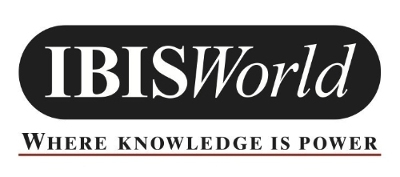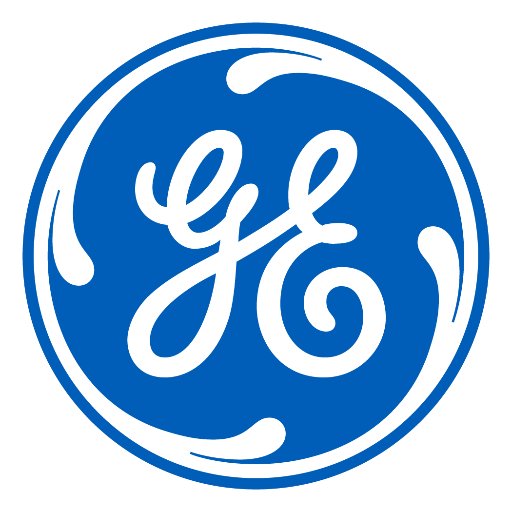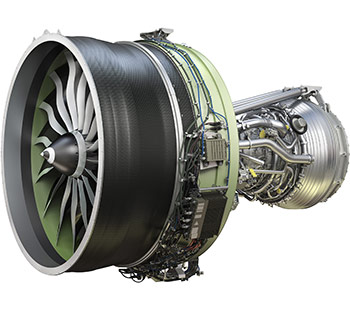Over the next two semesters, I’m going to be taking a look at various industry players currently operating within the shifting media landscape of our country. These studies are going to be focused on how major corporations (like General Electric and Amazon) interface with major media platforms in order to promote and strengthen their brand. I’m going to make a point to cover some emerging companies as well.
The primacy I place on the former entities makes sense because they have the abundance of resources necessary to roll out extensive content strategy campaigns. Consequently, they provide interested onlookers with a larger volume and greater diversity of material to review. However, by occasionally singling out smaller firms, I will also be able to draw an interesting contrast between how enterprises of various sizes have attempted to position themselves across the front lines of digital media. This juxtaposition will help convey how brands are built, extended, and maintained online according to their unique budgetary constraints.
Each company profile is going to start with an industry overview. This will include information—from places like IBISWorld and Statista—on the companies considered industry leaders, as well as the macro trends currently affecting the respective marketing efforts within the broader sector—e.g. tech firms moving research funds toward AI. By circumscribing my subject company’s larger business environment in this way, I will be able to gain an understanding of the market drivers and regulations that influence their consumer engagement tactics.

Based on this background information, I’ll begin to lay out my impression of the target segments that the company aims to capture with their advertising. This will be followed up with examples of advertising materials that seem tailored to the groups previously identified. For companies like General Electric, these segments are as diverse as their product lines (GE sells everything from light bulbs to jet engines). However, for the purposes of this column, I’m going to keep business-to-consumer marketing as the focal point of my writing.
As such, if I include commentary on promotional content that displays goods likely to be sold primarily in business-to-business commercial exchanges, I will unpack the material within the context of its simultaneous messaging to consumers at large. For example, we can look at General Electric’s recent tweet regarding its new GE9X jet engine—that few, if any, private consumers would ever purchase—and briefly consider how this engagement on social media conveys brand values to consumers who might be in the market for goods that GE sells in other arenas.

The first thing that stands out in the post is its claim that the GE9X engine “is the largest on the planet.” This obviously touches on the Americanism of ‘bigger is better’ and could produce an enhanced perception of GE among consumers who subscribe to that idiom. On a deeper level, I would then lay out how this idea is expressed, reaffirmed, and expanded upon within the video that accompanies the post.

In terms of execution of branding on media platforms, GE stands out as one of the best companies out there. Their ability to streamline the formatting of their messaging with the medium it will appear on is incredible. Beyond that, they do a brilliant job of embedding brand values with mass appeal into their promotional materials that display items that private citizens would virtually never buy. For these reasons, General Electric is going to be the first company that I cover in my upcoming posts.




